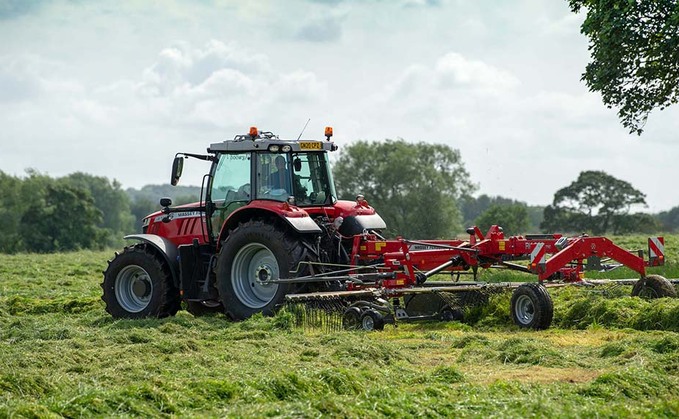
Not ones to miss an opportunity, during our recent Massey Ferguson mower review we also managed to get our hands on one of the firm's twin rotor rakes. James Rickard tried it out. As explained in our...

Not ones to miss an opportunity, during our recent Massey Ferguson mower review we also managed to get our hands on one of the firm's twin rotor rakes. James Rickard tried it out. As explained in our...